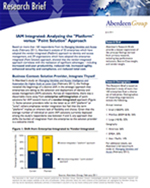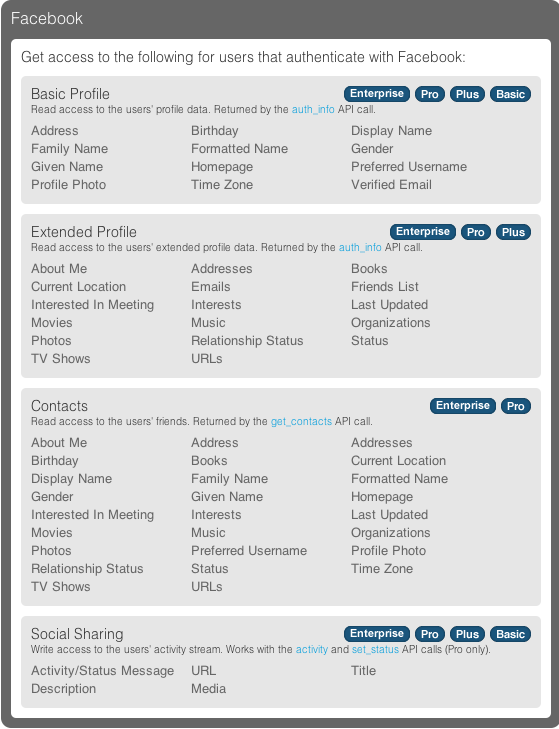Identity
Author:
Mark Dixon
Wednesday, August 17, 2011
9:22 pm
One of the big questions in modern Identity and Access Management continues to be: “Is it better to choose individual point solutions and integrate them in my enterprise, or should I choose a complete IAM platform?

I recently learned of an intriguing Research Brief published by the Aberdeen Group, entitled, “IAM Integrated: Analyzing the ‘Platform’ versus ‘Point Solution’ Approach.” Aberdeen’s conclusion:
Based on more than 160 respondents from its Managing Identities and Access study (February 2011), Aberdeen’s analysis of 32 enterprises which have adopted the vendor-integrated (Platform) approach to identity and access management, and 39 organizations which have adopted the enterprise- integrated (Point Solution) approach, showed that the vendor-integrated approach correlates with the realization of significant advantages.
The most significant advantages realized by organizations adopting the Platform approach to Identity and Access Management, as compared to those adopting the Point Solution approach, include:
- Increased end-user productivity
- Reduced risk
- Increased agility
- Enhanced security and compliance
- Reduced total cost
Aberdeen’s research also confirmed the merits of a pragmatic “Crawl, Walk, Run” approach as the basic template for successful enterprise-wide initiatives involving Identity and Access Management, similar to what I have been recommending for years.
- Adopt a primary strategic focus.
- Put someone in charge.
- Prioritize security control objectives as a function of requirements for risk, audit and compliance.
- Establish consistent policies for end-user identities and end-user access to enterprise resources.
- Standardize the workflow for the IAM lifecycle, including workflow-based approval for exceptions.
- Standardize audit, analysis and reporting for IAM projects.
- Evaluate and select IAM solutions.
Each element of this recommended approach is described more fully in the report.
I highly recommend that you
download a copy of the report and review both the further detail and the methods Aberdeen used to arrive at its conclusion.
Comments Off on Aberdeen Research Brief: Identity and Access Management – Platform vs. Point Solution . Permalink
. Trackback URL





 On
On 



